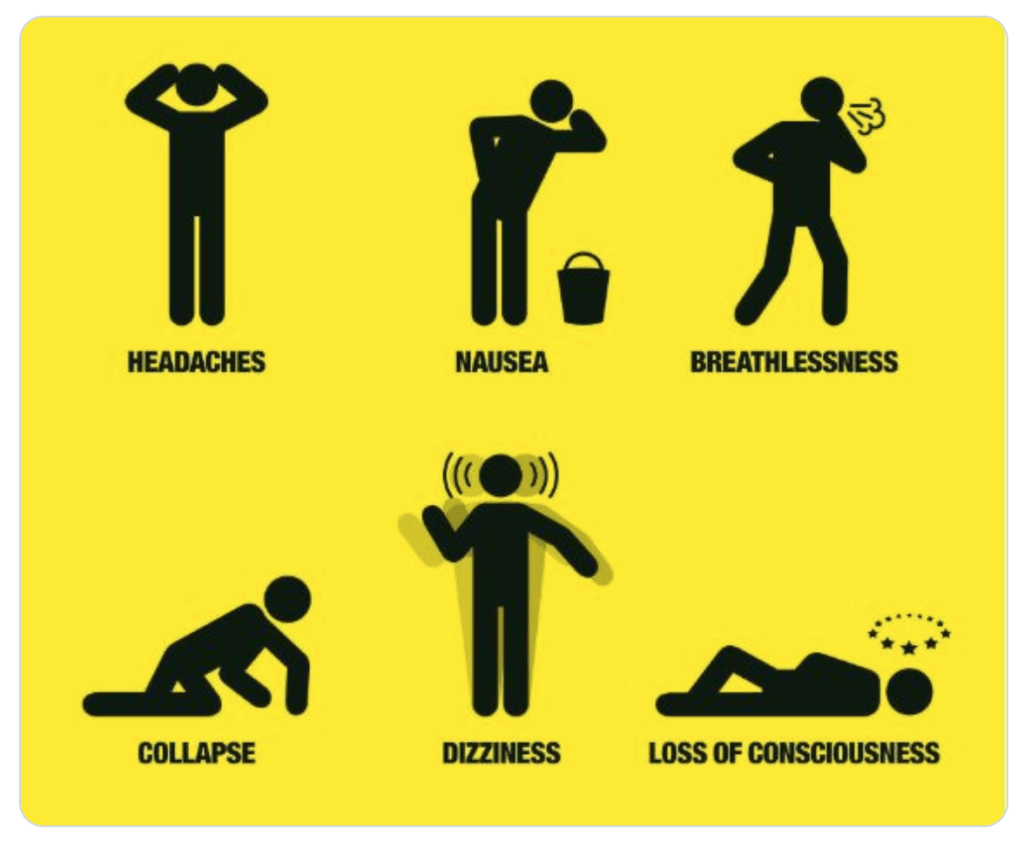Moden gas fires are incredibly safe if used correct and serviced regularly. However, research conducted by Gas Safe has shown that many Brits could be increasing their risk of carbon monoxide poisoning by heating one room without adequate ventilation. According to their research data, 50% of UK homes that contain a gas fire were found to have an unsafe gas appliance.
Let It Flow
The most common issue found was poor ventilation. As a result, Gas Safe, which is the official list of gas engineers, launched a campaign “Let It Flow”. The campaign is designed to raise awareness around the dangers of poor ventilation and airflow when it comes to heating one room with a gas fire.

A badly maintained or poorly ventilated gas fire can lead to incomplete combustion, which can produce carbon monoxide. Carbon monoxide (CO) poisoning can be deadly. It’s especially deadly as it can’t be seen, tasted or smelt, and some symptoms are very similar to a virus or hangover.
What are the signs of carbon monoxide positioning?
Dull headache
Weakness
Dizziness
Nausea or vomiting
Shortness of breath
Confusion
Blurred vision
Loss of consciousness
While it can be an effective way to save money, if you use a gas fire, especially in just one room you need adequate ventilltion. Most people have a gas fire with the intention of keeping warm – so they will often keep the windows shut all day and place little to no focus on any form of ventilation. However, for a gas appliance to burn properly, it needs a supply of fresh air. If air supply is restricted, the level of carbon monoxide rises quickly. This is when things can get very dangerous.
Gas Safe “Let It Flow” Top Tips:
Ensure gas appliances, including gas fires, are checked and serviced annually: The most important thing you can do to minimise the risk of CO poisoning is to ensure your gas appliances are safety checked, at least annually, by a Gas Safe registered engineer. You can find and check an engineer at gassaferegister.co.uk or call 0800 408 5500
Make sure all rooms have some form of ventilation if you’re using a gas fire and that the ventilation source is not blocked or covered.
Fit an audible carbon monoxide alarm.
Know the signs of carbon monoxide positioning – see above.
Find your Emergency Control Valve (ECV): in the event that you suspect there is a gas leak or carbon monoxide in your home, find out where your gas ECV is located. You can then switch the gas supply off in an emergency.








